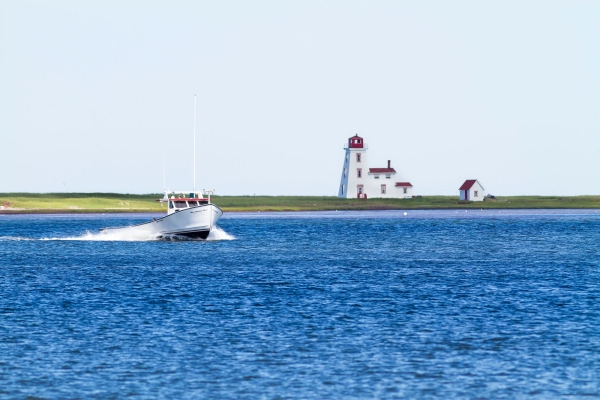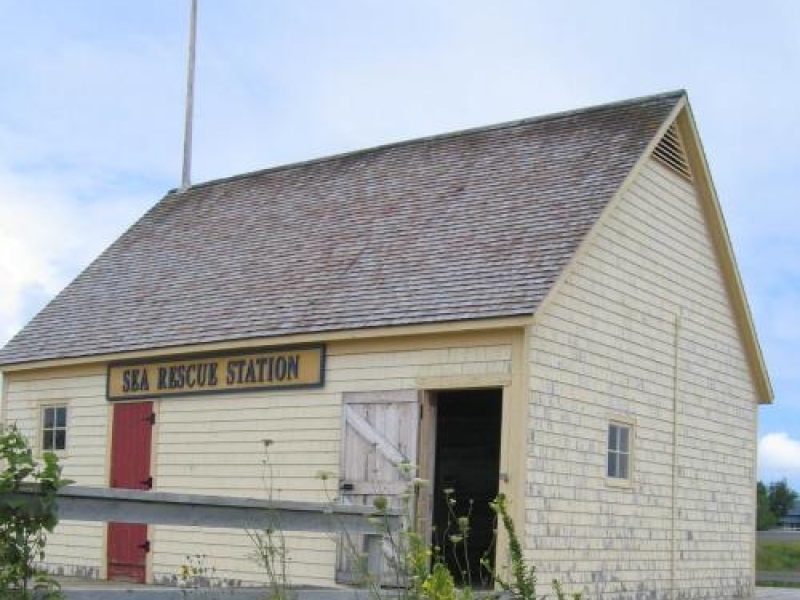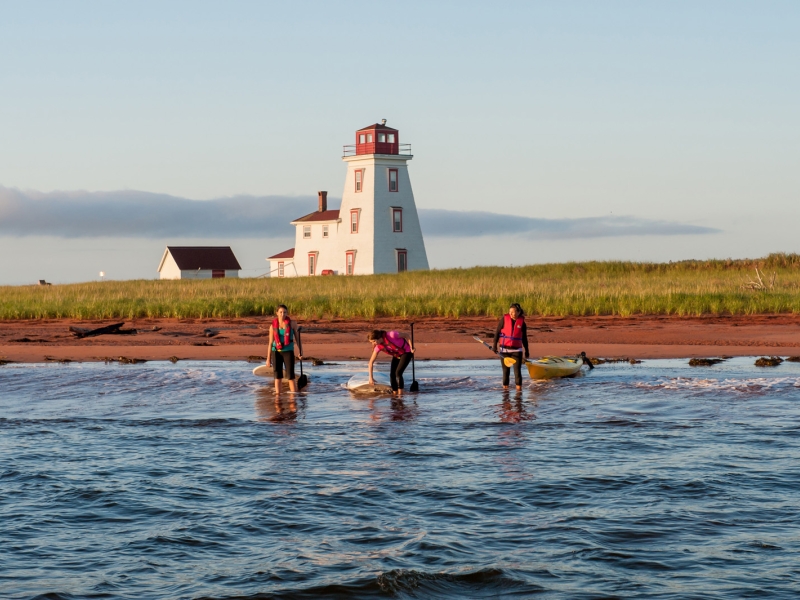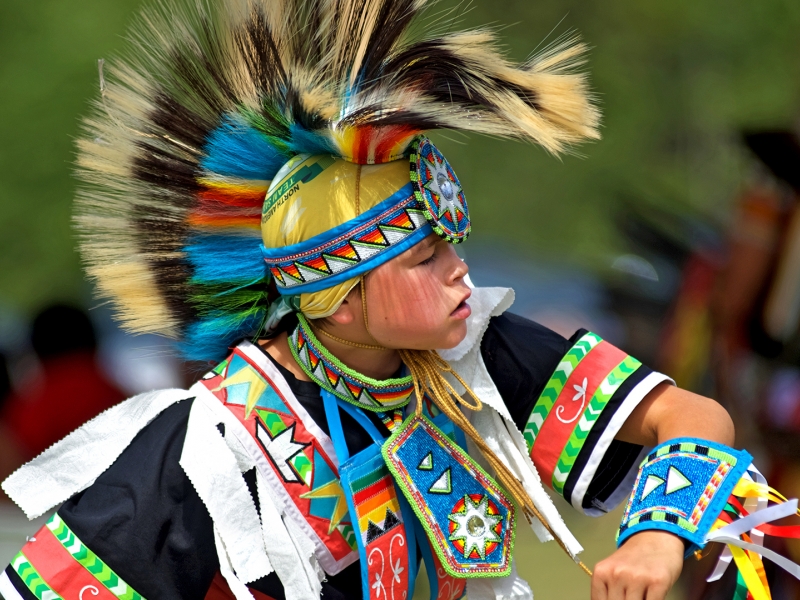Northport's sand hills of history
Authentic maritime culture is front and centre in the community of Northport, bolstered by its active fishing harbour, marina, restaurant, inn and boardwalk, all in proximity. The deep-water commercial harbour, ice free from mid-April to mid-December, is ideal for fishing. Here, you’ll find the longest wooden pier and the oldest lighthouse in the province. The scene is ever-changing. Fishers leave the dock in the early hours, eventually returning and unloading the day’s catch. Eye-catching sailboats enter the mouth of the harbour and majestic great blue herons arrive in the hundreds at low tide.
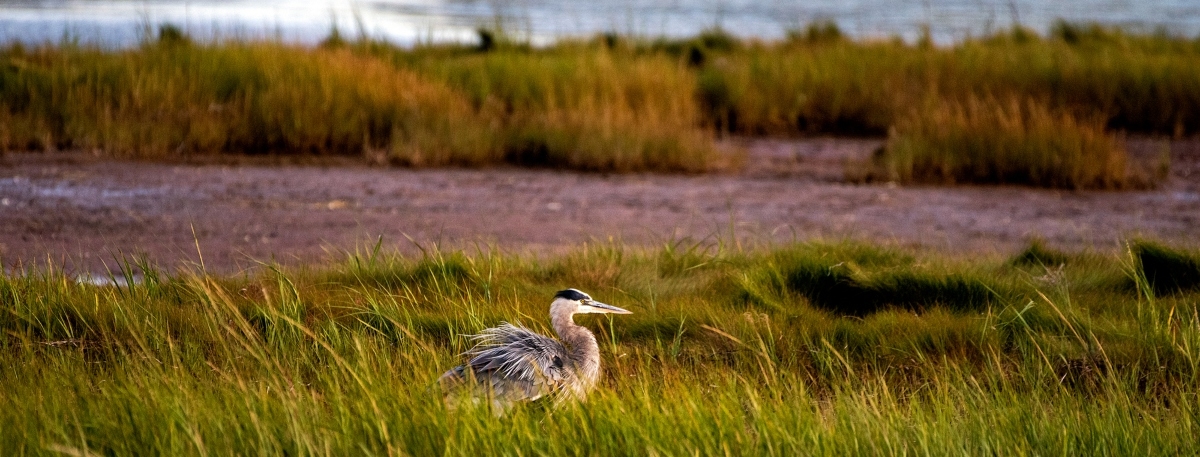
Behind Oulton’s Island, 80 kilometres of sand stretch across a series of barrier islands. This largely untouched land is known in Mi’kmaqi as Pituamkek (translated as At the Long Sand Dune) and in English as Hog Island and the Sandhills. The area, fabled in Mi’kmaq culture, is home to multiple archaeological sites, rare geological formations and ceremonial lands. The Government of Canada and the local Mi’kmaq are working to protect this iconic natural and cultural landscape for future generations. The goal is the creation of the Pituamkek National Park Reserve, Canada’s 48th national park.
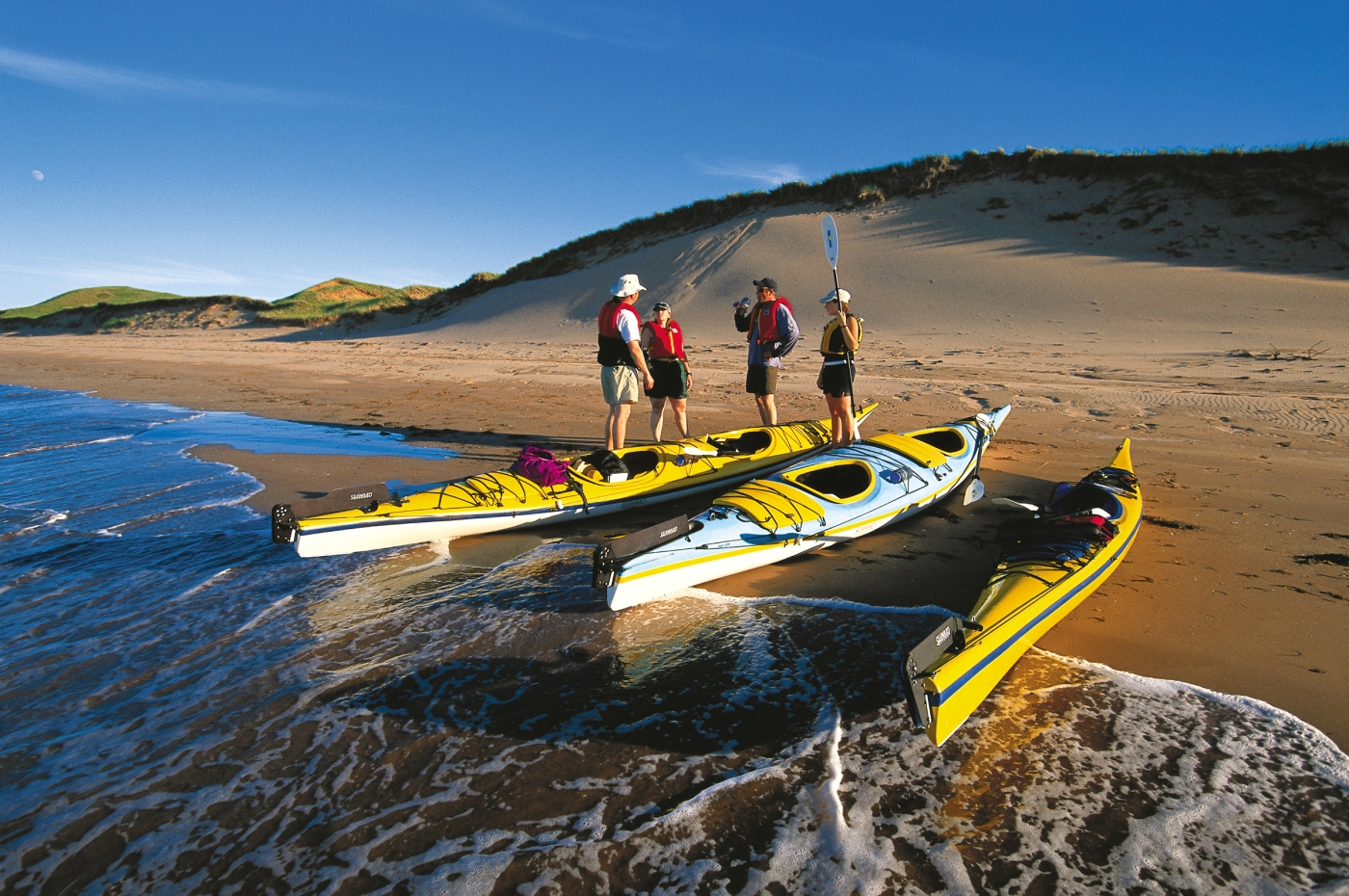
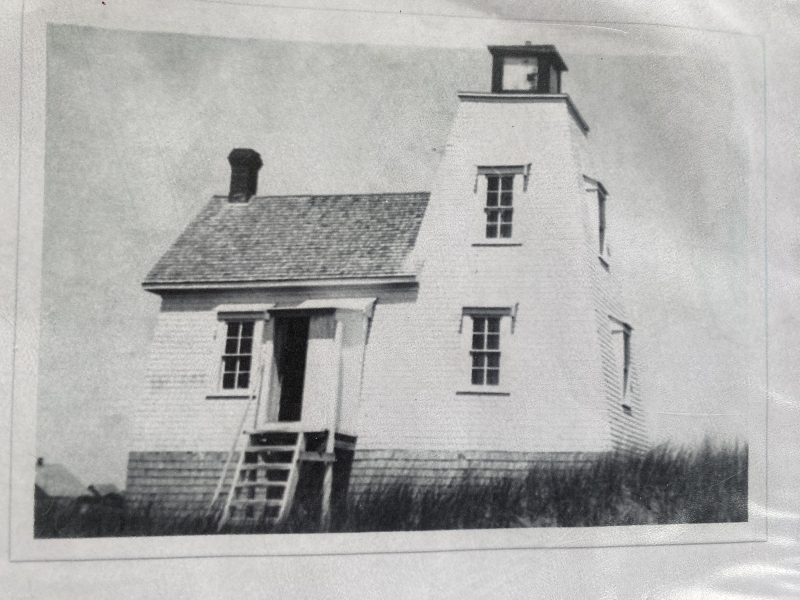
Hardy Channel Lighthouse
This former lighthouse is a square tapered tower that today is attached to a two-story private dwelling. On this northern shore of Prince County there is a series of three long sandhills that run from Cascumpec to Malpeque. There are four main passages between them leading to Cascumpec Bay, Conway Narrow and Malpeque Bay. Historically, because there was heavy traffic to the shipyards and fish factories, a light was needed to guide marine traffic into the narrows. From 1877 to 1947, the light was fueled by kerosene and lit daily by a member of the Hardy family.
Lennox Island
Lennox Island is connected to the mainland by a short causeway and bridge. Home to almost half of the Lennox Island First Nation’s band members, it has 10,000 years of history and a rich cultural heritage that members are eager to share. The Cultural Centre features historic artifacts, interpretive displays, work of local artisans and authentic experiences. A series of trails encourage community members and visitors to slow down and connect with nature. The treasured Mawi’omi grounds are used for traditional ceremonies and annual gatherings.
